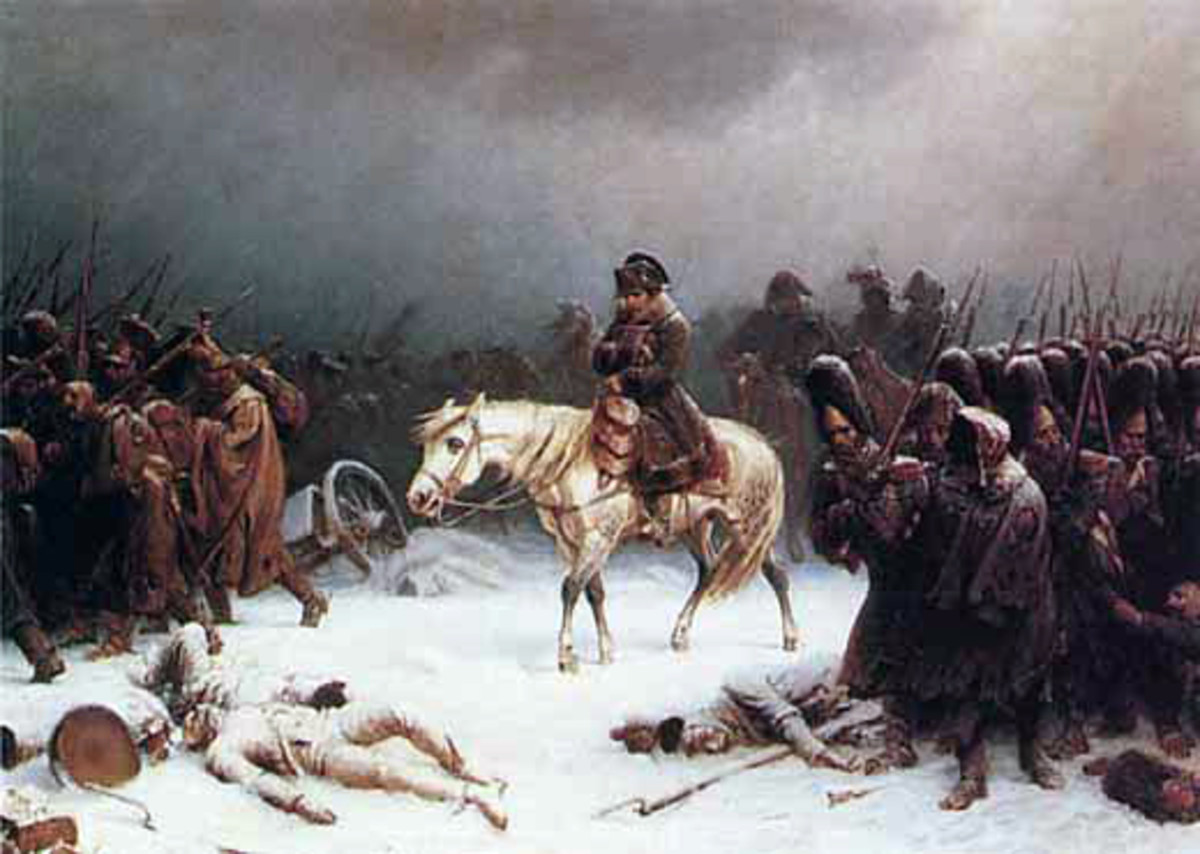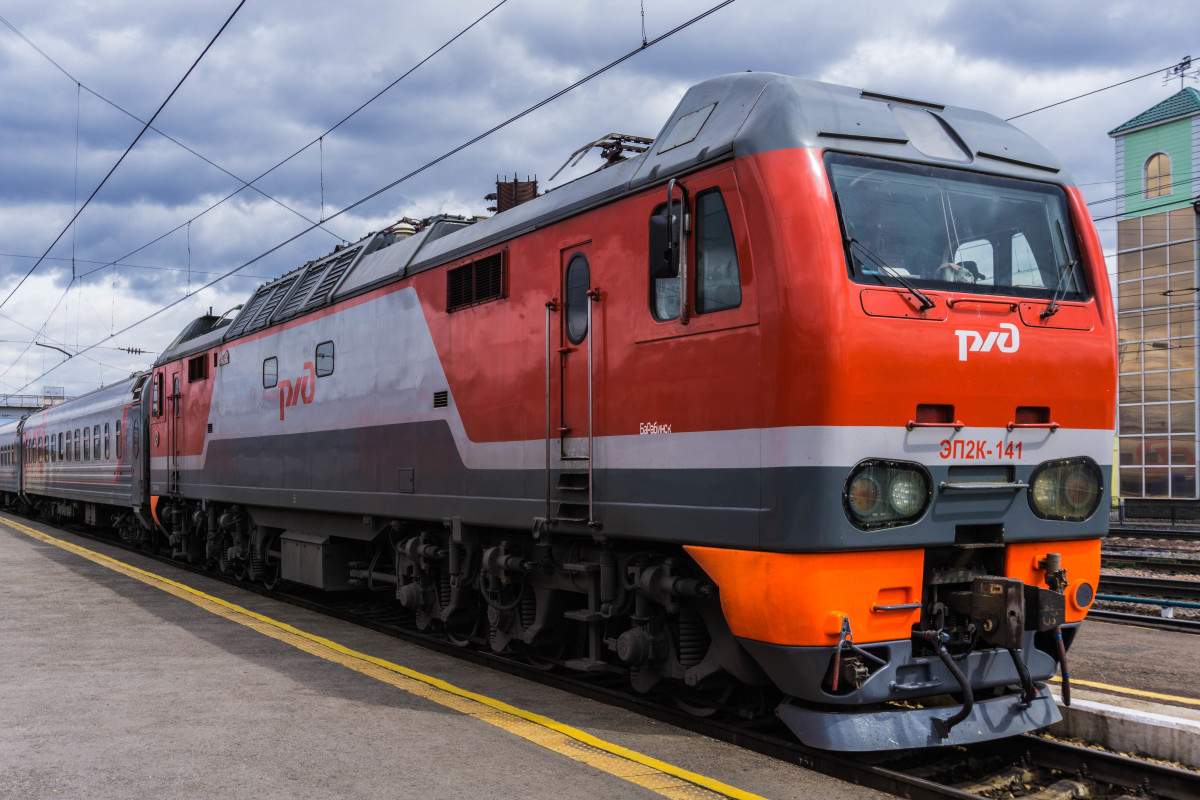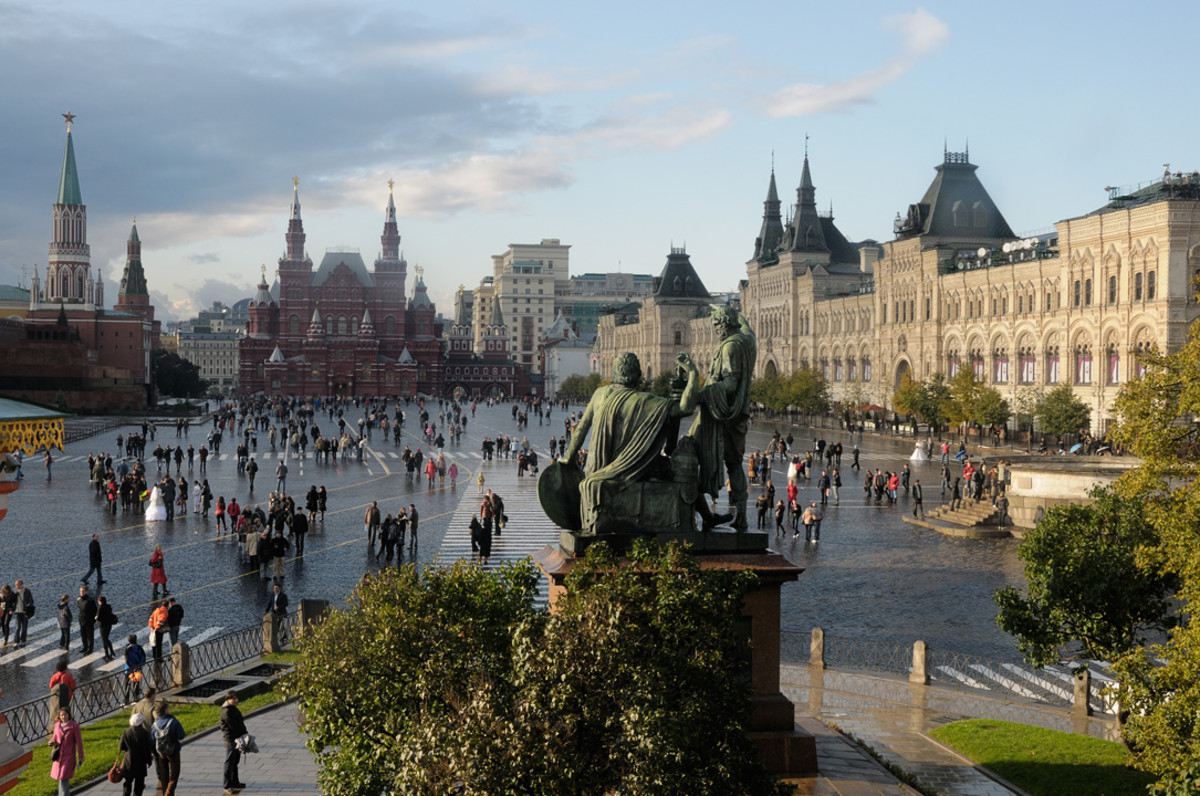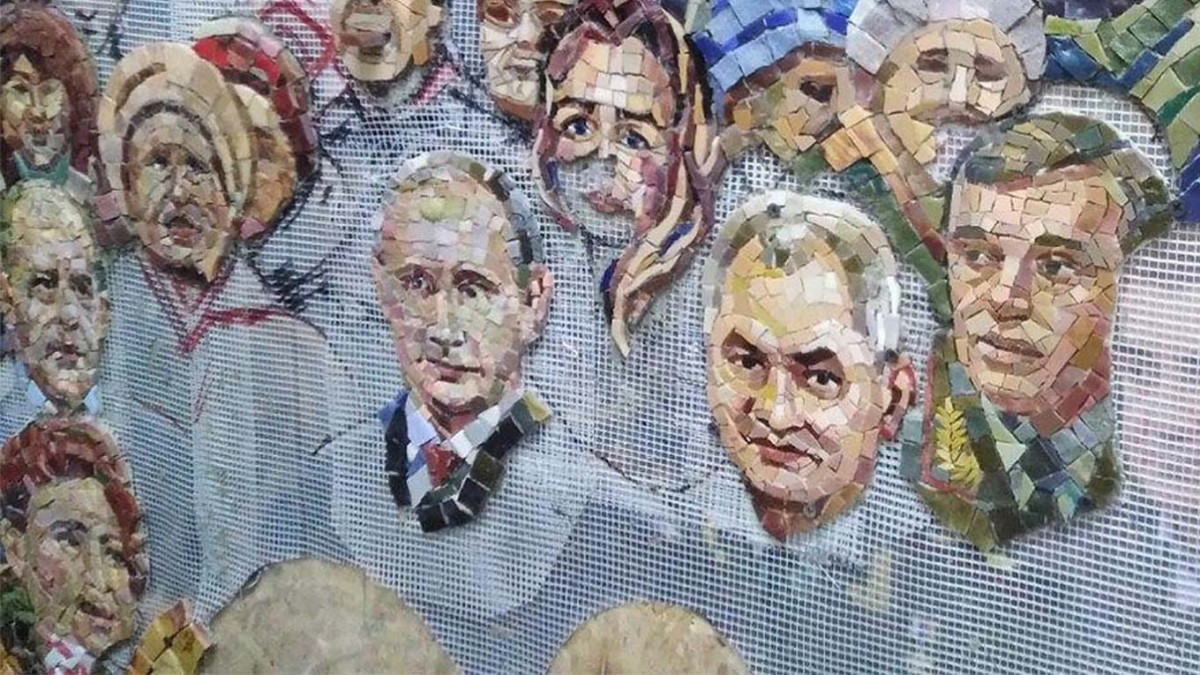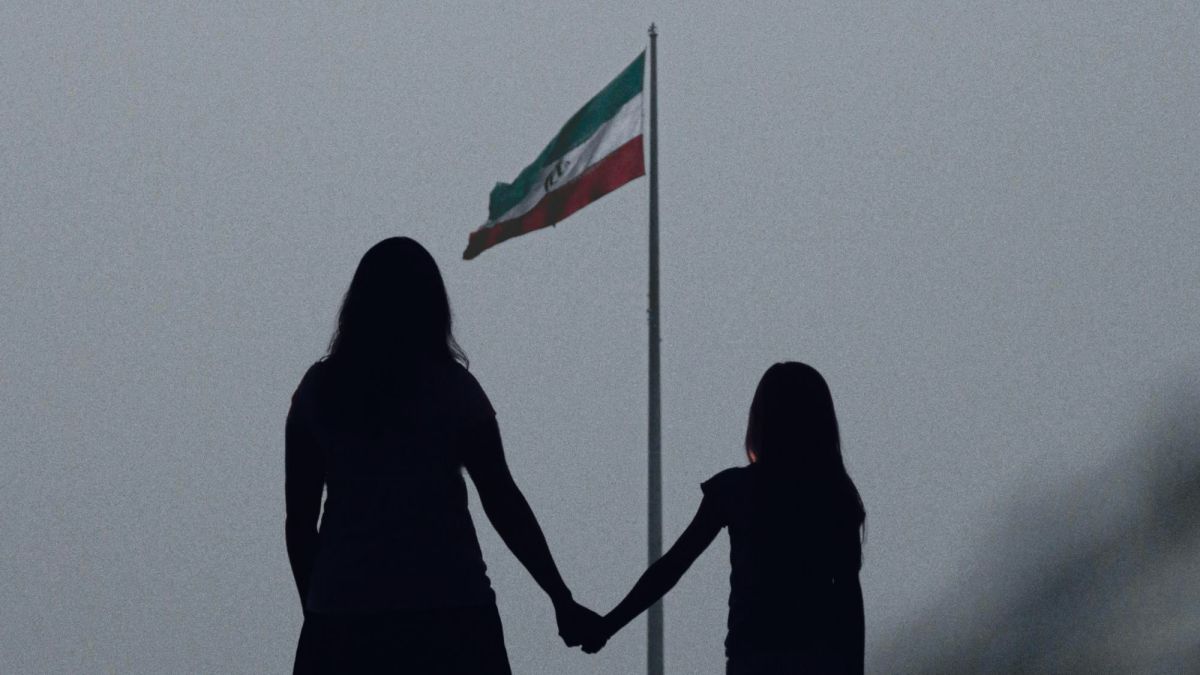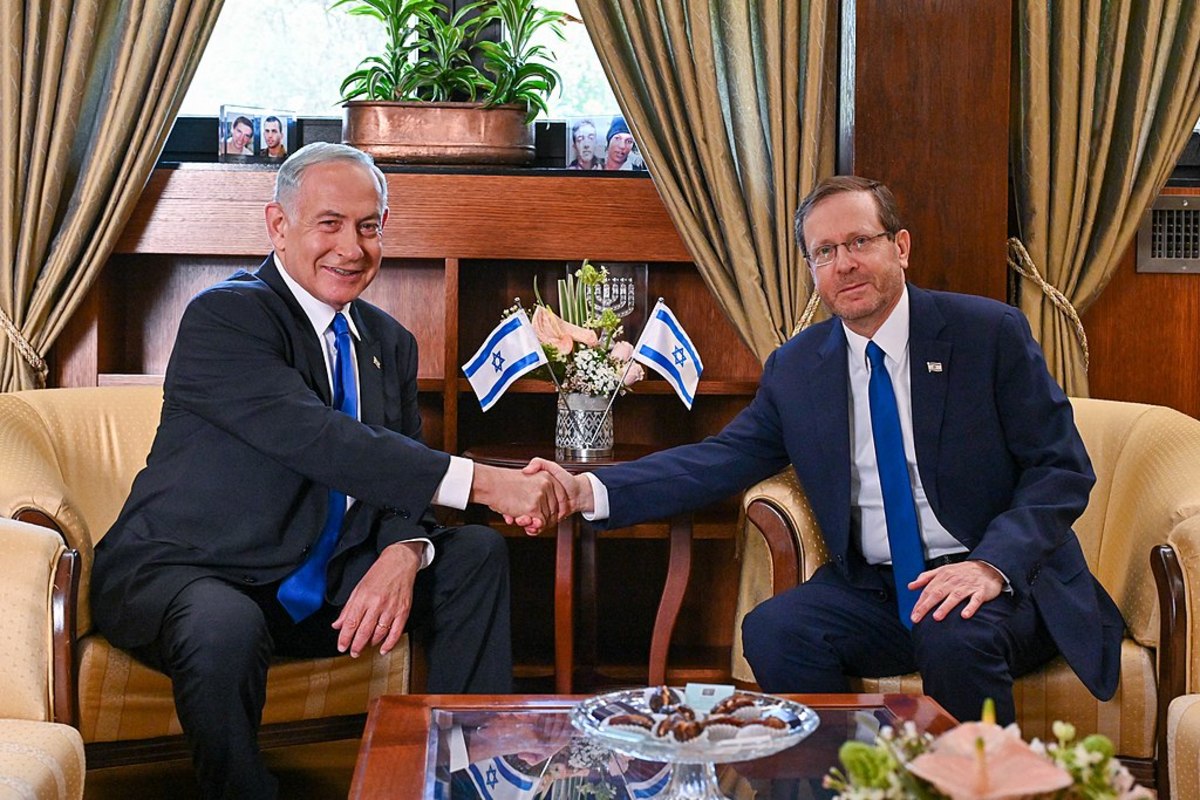The Moscow Agreement: A Break for Warriors
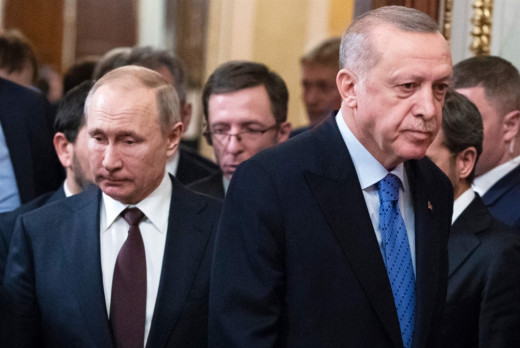
The Turkish and Russian parties chose to overcome the large number of differences between them on the basic issues, and to reach a shy agreement that ignores the sensitive points that were the reason for the recent tensions. This makes the agreement a mere truce or "warrior break", pending further military tours to come
The Moscow summit between Turkish President Recep Tayyip Erdogan and his Russian counterpart, Vladimir Putin, has yielded far fewer results than expected, and may have been described as "disappointing"; as it failed to approach many of the sensitive points that were absent from the body of the final statement. The two-hour summit, before the two presidents joined the delegations of the two parties for a period of four hours, came out with a statement of three points:
- Halting the military activities in Idlib, starting from midnight on Thursday-Friday.
- Establishing a “safe area” along the “M4” road, with a width of 6 km in the north and 6 km in the south, provided that the military leaderships of the two countries decide the technical details within a week ending on March 15.
- The conduct of Turkish-Russian joint patrols along the “M4” road from the western Tarnbah area, Saraqib to the Ain Al-Hour area to the west.
It is noted in the agreement:
- The absence of any reference to the “safe zone” that Turkey was claiming along the Iskenderun border with Idlib to collect refugees there.
- The absence of a reference to the besieged Turkish observation points and what will happen to them.
- The absence of references to armed organizations classified as terrorists and the purification of the area from them.
- The absence of a reference to ceasefire mechanisms and who will monitor and control them.
- The absence of any reference, even in Putin's and Erdogan's statements, to the "Adana Agreement".
- Failure to define the “safe zone” function north and south of the M4 road.
On the other hand:
- The agreement confirms the new lines that the Syrian army has reached, and does not indicate its withdrawal to the lines before the battles, as Erdogan had demanded.
- It is established, by not indicating, the presence of the Turkish forces in the depth of Idlib and on the lines of fire against the Syrian army.
- It expands the extension of the Turkish military presence south to the M4 line that is under the control of the militants, and gives the Turkish military presence, in joint patrols with Russia, some legitimacy, while depriving the Syrian army of the possibility of continuing to restore the areas surrounding the road.
It is clear that the Moscow agreement tried to balance Turkish and Syrian field gains. But he did not address any fundamental problem that was a reason for the dangerous military escalation in recent times, which makes it just a truce or a "warrior break" awaiting other military tours to come. And it seems that the Turkish and Russian sides have chosen, to overcome the large number of differences between them on the main issues, to reach a shy agreement that ignores the sensitive points that were the cause of the recent tensions. This largely reflects Russia's strategy that does not abandon its ally Syria, but at the same time takes into account the aspirations of Turkey (the safe zone and joint patrols) so that it does not lose and push it completely and completely back to the western incubator.
The agreement tried to balance Turkish and Syrian field gains, but it did not address any fundamental problem
Erdogan had gone to meet his Russian counterpart under three field variables, and two factors:
- The Syrian army and its Russian, Iranian, and resistance allies advanced in recent weeks on the Idlib fronts, liberating the entire area around the M5 road, all the way to Jabal Zawiya, on the way to control the M4 road, areas that were covered by the Sochi Agreement.
- The Turkish army entered, for the first time, with its elements and equipment, deep into Idlib, leading to the formation of a “fire line” on a front corresponding to the presence of the Syrian army. The number of soldiers and officers has reached no less than 8 thousand members, in addition to more than 3 thousand vehicles from tanks, launchers, rockets, artillery, armed drones and others.
- The Turkish army and armed groups enter it for the first time in a direct air and ground military confrontation with the Syrian army and its allies, and great losses were caused by both sides in what resembles a mini-regional war. This establishes a new phase of field relations between the two parties. It is no longer possible in the future to rule out their recurrence in the form of a broader and unlimited war.
As for the internal factor, it is the shock caused by the killing of more than 36 Turkish soldiers in a Syrian-Russian air strike on February 27th, and it called for an internal mobilization to get around the Turkish army, but with Erdogan's inability to accommodate their fall in favor of his plans in Syria and Idlib, in A great internal division remained, and Erdogan blamed the responsibility for throwing the Turkish soldiers to a non-national death penalty, and amid the wavy return to the tone of defending the limits of the "millet pact" and intimidating Turkish public opinion. Erdogan's partner, leader of the "national movement", Dolat Bahceli, considered that withdrawing from Idlib means withdrawing from Iskenderun later, as well as in light of the "lion's complex" of Turkish officials, as Turkish Defense Minister Hulusi Akar said during his condolences to the family of one of the dead soldiers that I asked him, "When will this be done, Pasha?" "The Turkish forces will remain in Syria fighting until the fall of the regime," while Bahceli himself said that he must advance to Damascus and separate the head of Assad and put him in a bag. On the other hand, the Syrian President, Bashar Al-Assad, made a sharp arrow to the Turkish proposals when he asked the Turks: "When did Syria get used to Turkey?", Stressing that the relations between the two countries are bound to be normal, unlike the extremist rhetoric of Erdogan and his partners in power.
As for the external factor, Erdogan's failure to mobilize external support lies with him. Neither NATO has stood firmly on its side, nor has the United States agreed to its request to send Patriot missiles, nor has the European Union been eager to venture into Idlib, but rather resents Erdogan's attempt to blackmail the Europeans in the refugee file, which reflects weakness rather than strength.
Deprived of the strengths of cards, Erdogan had no way out of his predicament other than that leading to Moscow, with an attempt to obtain the greatest possible gains by placing his military weight in the field on the eve of his meeting with Putin. With the "Moscow agreement", Turkish relations with Russia, Syria and Iran are entering a new stage of unclear complications and wavering, waiting for the first stumbling to bring the last word back to the field.
You May Also Read:
- The Secrets of the Idlib Battles
Behind the scenes of the game of fire in northern Syria, a set of triple and bilateral encounters has defined the features of the current battle. The basis for what is going on is Damascus’s decision to move towards the liberation of Idlib, in additi - A Renewed Escalation in the Idlib and Aleppo Countryside: No Gains for Erdogan
Just before Turkish President Recep Tayyip Erdogan headed today to Moscow to meet his Russian counterpart, Vladimir Putin, armed factions with Turkish artillery and missile support launched attacks on several axes in the rural areas of Aleppo and Idl - Calm Down in Idlib: Do Not Compromise With What Has Been Achieved With Fire
With fire before the understandings, the Syrian army and its allies established their control along the international route Aleppo - Damascus and secured it east and west. They were also able to completely remove the menace from the city of Aleppo, a

